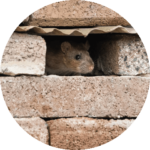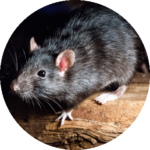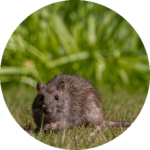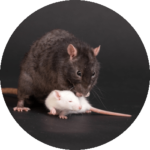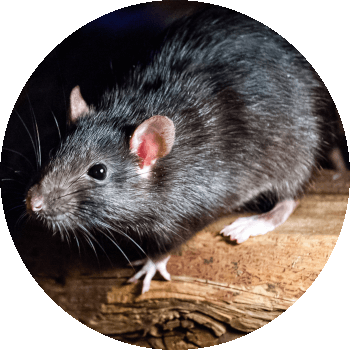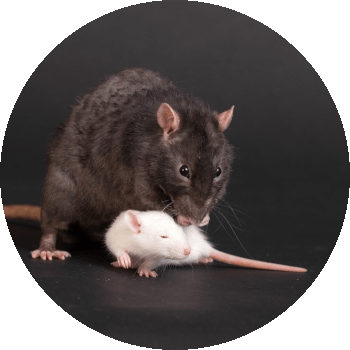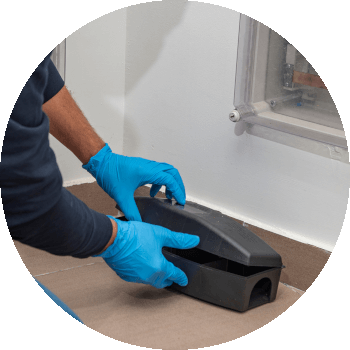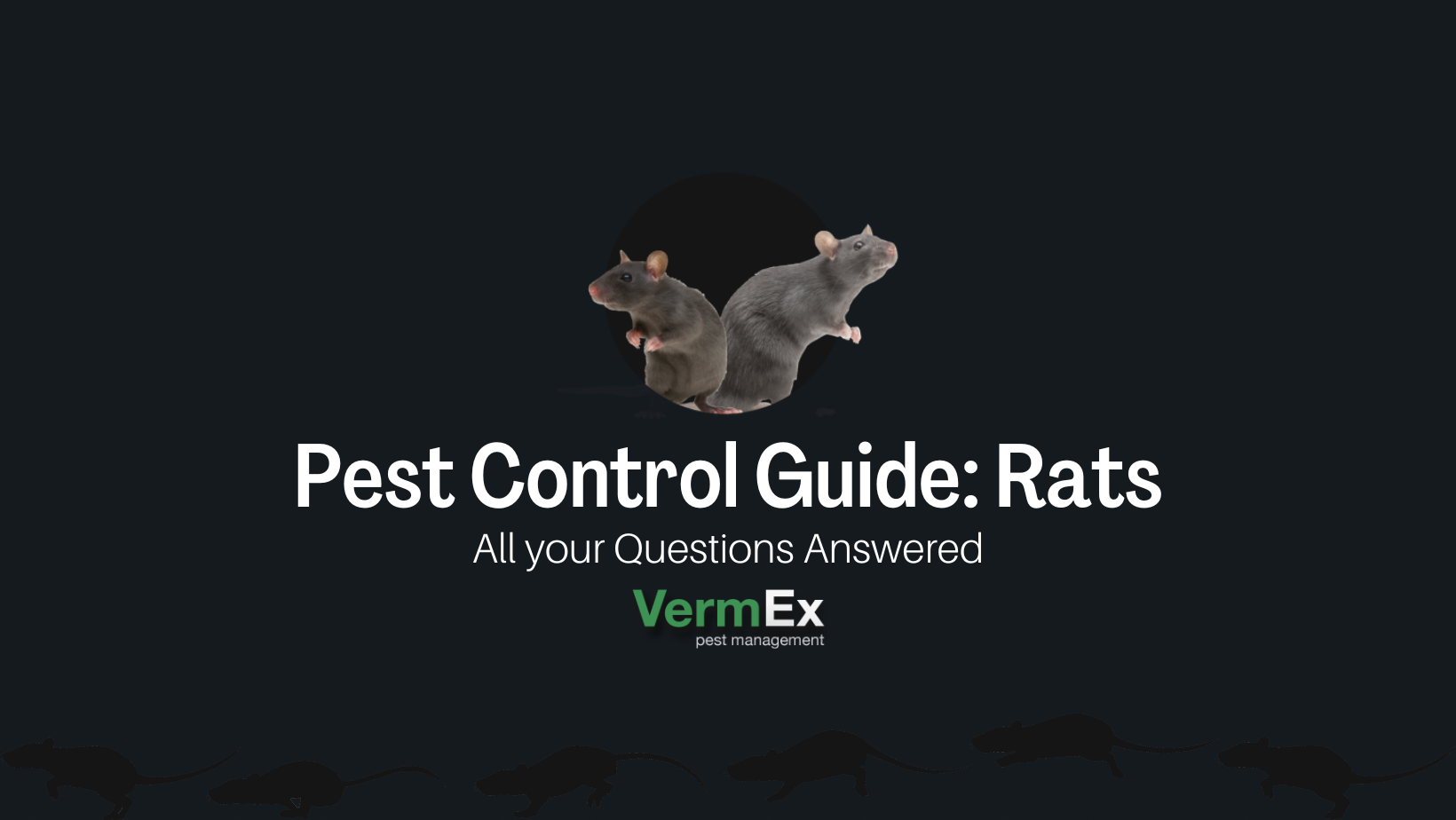
Pest Control Guide
Everything you Need to Know About Rats
Rats can be one of the most nuisance pests you come across around your home or business. They can cause damage to furniture, building structures and more, and are also known for carrying various diseases and helping to spread other pests. Below you can find out all the information you need regarding rats, how to to deal with them and more.

